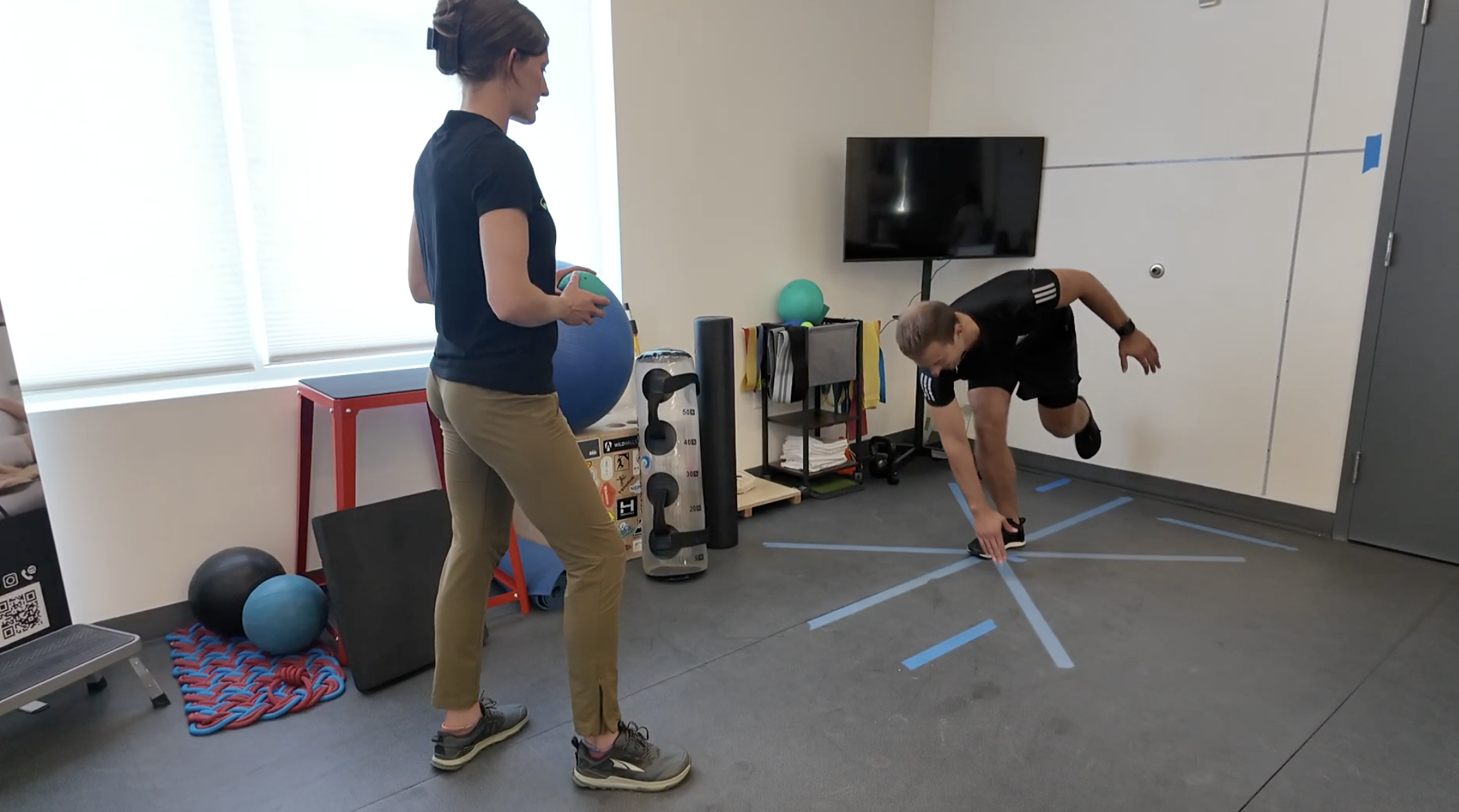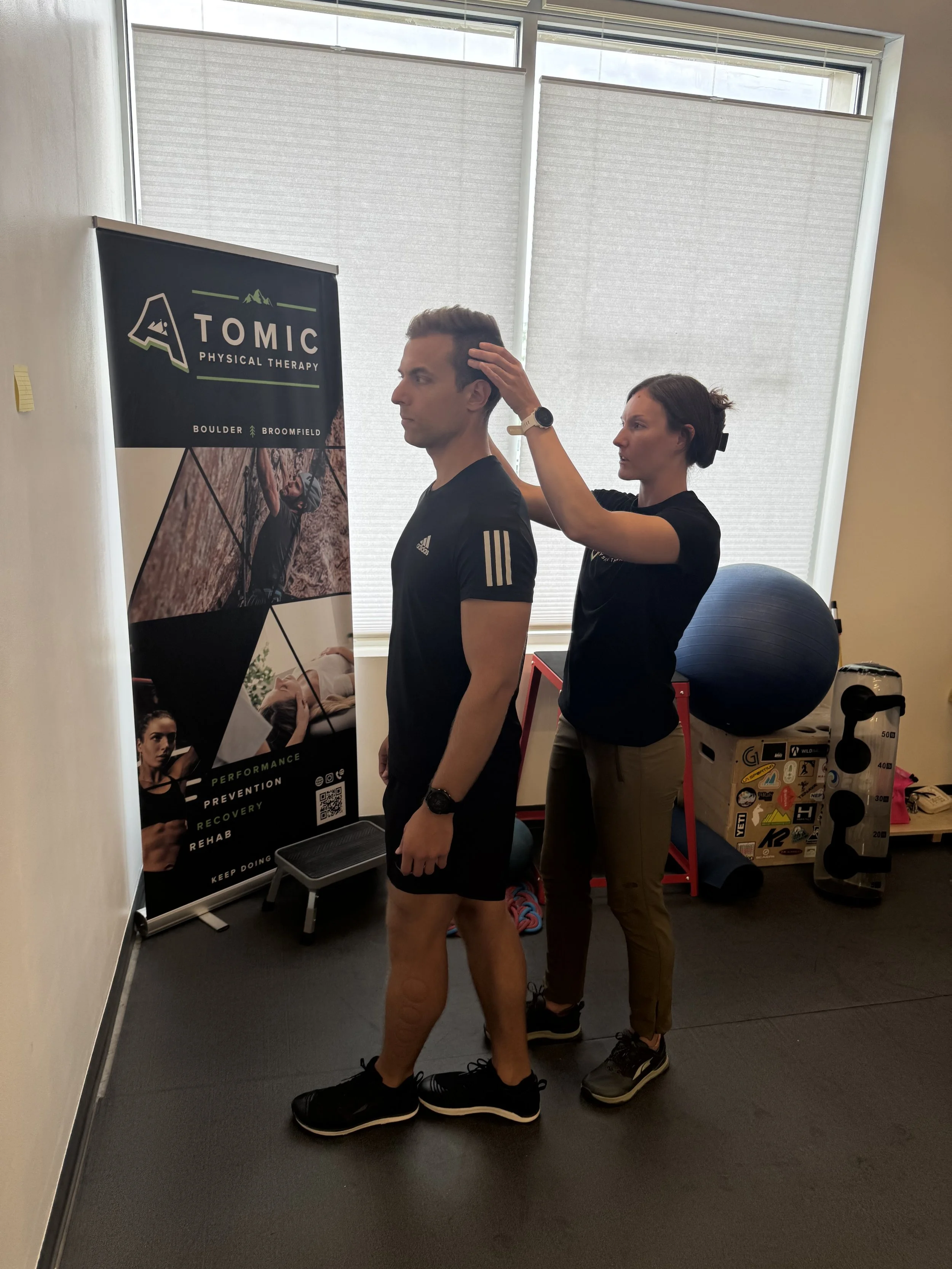
ATOMIC NEURO
Ataxia
Ataxia can cause unsteady movements, poor coordination, and balance difficulties, but with the right rehabilitation, you can improve control, stability, and confidence. At Atomic Physical Therapy, we offer specialized ataxia rehabilitation, with one-on-one care from Dr. Kathryn Bugasch, a certified neurological PT, to help you move more safely and independently.
Ataxia is a neurological condition that affects coordination and balance. It can result from genetic disorders, brain injury, stroke, multiple sclerosis, or other causes. Common symptoms include unsteady gait, poor hand-eye coordination, and difficulty with fine motor skills. While ataxia cannot always be cured, physical therapy can significantly improve function, mobility, and quality of life. At Atomic, our ataxia rehabilitation programs in Boulder and Broomfield focus on retraining movement patterns, building strength, improving balance, and enhancing coordination. We address both the physical and neurological aspects of the condition so you can move with greater control and confidence.
How Physical Therapy Helps Ataxia
Physical therapy for ataxia uses targeted exercises to improve coordination, core stability, balance, and gait mechanics. By creating a safe environment to practice challenging movements, we help your nervous system adapt and improve motor control. This can reduce fall risk, increase independence, and make daily activities easier.
What Our Program Offers
-

1. Comprehensive Evaluation
We assess your balance, coordination, muscle strength, gait, and functional abilities to create a baseline for your care
-

2. Personalized Goal Setting
Together we identify your most important goals, whether that’s walking without assistance, improving coordination, or managing fatigue
-

3. Targeted Treatment Plan
Your plan may include coordination drills, balance retraining, gait training, core strengthening, and functional mobility work
-

4. Manual Therapy
We use joint mobilizations, dry needling, soft tissue work, proprioceptive neuromuscular facilitation, and stretching to improve flexibility, posture, and ease of movement
-

5. Progression and Support
We monitor your progress, adapt your exercises as you improve, and provide at-home strategies to help you keep moving forward safely
One-on-One Specialized Care – Consistent, personalized sessions with the same licensed physical therapist.
Neurological Expertise – Skilled in treating ataxia and other coordination-related conditions with evidence-based methods.
Whole-Body Focus – We address balance, coordination, strength, and posture for better movement in all areas of life.
Encouraging, Supportive Environment – We meet you where you are and help you celebrate every improvement.
Why Choose Atomic for Ataxia Rehabilitation?
Get started with a free Atomic PT Neuro consultation
There’s no commitment, pressure, or obligation

